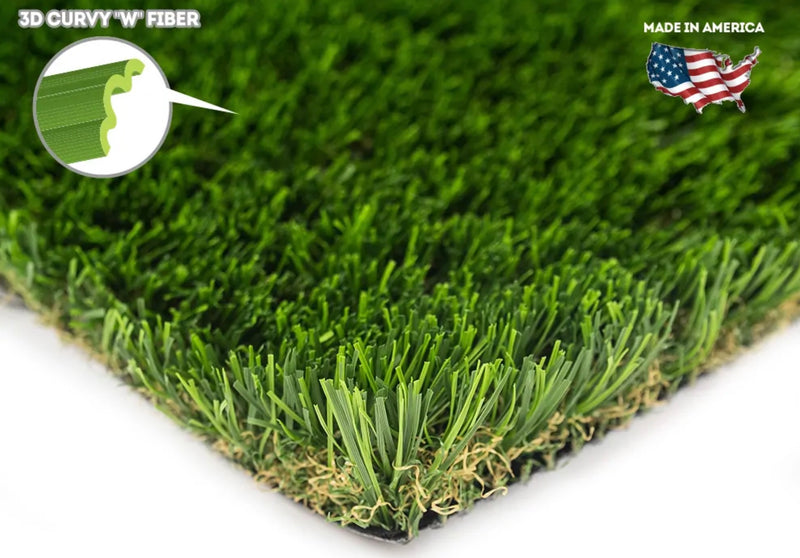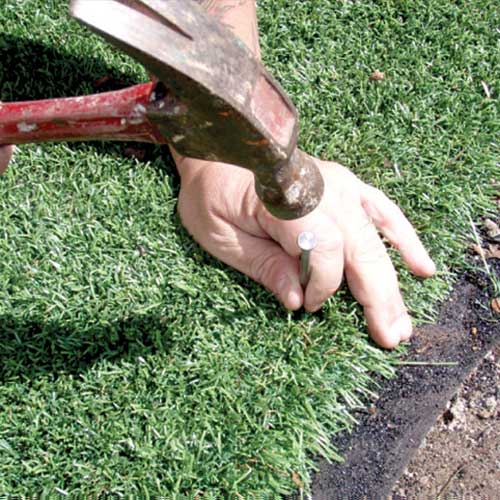Top Phoenix Turf Companies Delivering Premium Synthetic Grass Solutions
Top Phoenix Turf Companies Delivering Premium Synthetic Grass Solutions
Blog Article
Explore the Environmental Conveniences of Opting for Synthetic Grass Solutions
The fostering of synthetic grass options provides an engaging chance to attend to pressing environmental difficulties. By substantially reducing water usage and minimizing the application of dangerous chemicals, these choices not just promote sustainable landscaping but likewise shield regional environments. The reduced carbon impact associated with lowered upkeep tasks contributes to a more lasting strategy to land monitoring. However, the effects of these advantages expand past plain preservation efforts, questioning about their lasting effect on environment preservation and general eco-friendly balance. Discovering these dimensions reveals a complex interaction worth thinking about.
Water Preservation Advantages
One of one of the most considerable advantages of synthetic grass is its capability to preserve water. Typical yard yards need significant irrigation, particularly in locations prone to dry spell or water constraints. In contrast, synthetic turf does not require watering, substantially reducing the general need for water sources. This function is specifically valuable in deserts where water shortage is a pushing worry.
By removing the requirement for normal watering, synthetic grass contributes to sustainable landscape techniques and aids alleviate the ecological influence of too much water consumption. The conservation of water extends to the reduction of overflow, which can lead to soil erosion and river air pollution.
In addition, the installment of synthetic grass enables municipalities and home owners to designate water resources much more effectively, focusing on essential uses such as alcohol consumption water and agriculture. The change in the direction of synthetic grass not only promotes accountable water use but likewise straightens with wider environmental goals focused on protecting natural deposits.
As communities increasingly prioritize sustainability, the water conservation advantages of synthetic grass offer an engaging instance for its adoption in residential and business landscape design projects.
Minimized Chemical Usage
The transition to synthetic grass significantly decreases the reliance on chemical treatments commonly made use of in natural grass maintenance. Traditional turf monitoring commonly includes the application of herbicides, plant foods, and chemicals to advertise growth and control pests. These chemicals can position threats to human wellness, neighborhood wildlife, and the atmosphere, contributing to dirt and water contamination.
In comparison, man-made grass gets rid of the demand for these unsafe compounds. By decreasing the release of artificial compounds into the environment, artificial lawn advertises healthier dirt and water systems.
Additionally, the absence of chemical overflow related to synthetic grass installations assists safeguard local rivers from pollution, sustaining aquatic life and keeping biodiversity. Artificial turf companies phoenix. As areas progressively focus on sustainable methods, choosing synthetic grass provides a viable option that lines up with environmental conservation goals. Via this shift, property owners can take pleasure in rich eco-friendly areas without compromising environmental wellness, leading the means for a more sustainable future
Reduced Carbon Impact

Additionally, the setup of artificial turf can lead to considerable water preservation. All-natural lawns require considerable amounts of water for watering, which not just includes in the see here now carbon impact related to water extraction and treatment yet also stress neighborhood water sources. On the other hand, synthetic grass requires minimal upkeep, calling for no watering, therefore considerably reducing water usage and its connected power expenses.
In addition, the longevity of man-made turf adds to its reduced carbon influence. With a lifespan of as much as 15 years or more, the requirement for constant substitutes is lessened, causing less waste and lower energy consumption in manufacturing and getting rid of standard lawn options. In general, synthetic turf presents a sustainable choice for ecologically aware landscape design.
Habitat Preservation
Habitat preservation is a vital factor to consider in the debate over landscaping choices, particularly when contrasting fabricated lawn to natural yard. Natural turf yards commonly require extensive upkeep, consisting of the use of herbicides, plant foods, and pesticides, which can negatively impact local environments. These chemicals can leach into the soil and rivers, damaging native flora and fauna and interfering with local habitats.
Synthetic lawn removes the requirement for harmful chemicals, Visit This Link thus securing close-by wild animals and preserving the stability of surrounding ecological communities. The installation of artificial turf can lead to the conversion of former grass locations right into more biodiverse landscapes, such as pollinator yards or indigenous plant areas, which can support local wildlife.
Ultimately, the shift to synthetic grass not just conserves water and lowers maintenance efforts but additionally fosters a more harmonious relationship between human tasks and the native environment, advertising environment preservation at the same time.
Long-Term Sustainability
Long-term sustainability is an important consider evaluating the benefits of synthetic turf over typical grass yards. One of one of the most significant benefits of synthetic turf is its sturdiness; it can last up to 15-20 years with marginal upkeep, whereas natural turf calls for regular reseeding and replacement. This long life minimizes the need for constant sources, such as water, fertilizers, and chemicals, which are crucial for preserving a healthy turf lawn.
In addition, fabricated grass contributes to a decrease in carbon emissions linked with lawn care equipment. Typical yards typically require gas-powered lawn mowers, trimmers, and blowers, all of which add to air pollution. Turf installation phoenix az. In comparison, artificial grass removes the need for such devices, advertising a cleaner environment
In addition, the production of man-made lawn significantly utilizes recycled products, enhancing its sustainability account. As producers take Arizona turf on environment-friendly practices, the ecological impact of man-made lawn continues to reduce.

Verdict
The adoption of synthetic grass remedies offers significant environmental benefits, including substantial water conservation, lowered reliance on dangerous chemicals, and a lower carbon footprint. Moreover, synthetic grass aids in protecting natural environments by lessening land disturbance and promoting long-term sustainability through making use of durable materials. Collectively, these variables underscore the potential of man-made lawn to add positively to ecological health and use a practical alternative to standard landscape design practices in a significantly resource-conscious globe.
In comparison, man-made lawn does not need watering, substantially decreasing the general demand for water sources. By lessening the release of artificial substances right into the ecological community, synthetic grass promotes much healthier dirt and water systems.
Furthermore, the installation of synthetic lawn can result in substantial water preservation. In contrast, synthetic grass needs very little maintenance, calling for no watering, therefore substantially lowering water use and its connected energy prices.

Report this page